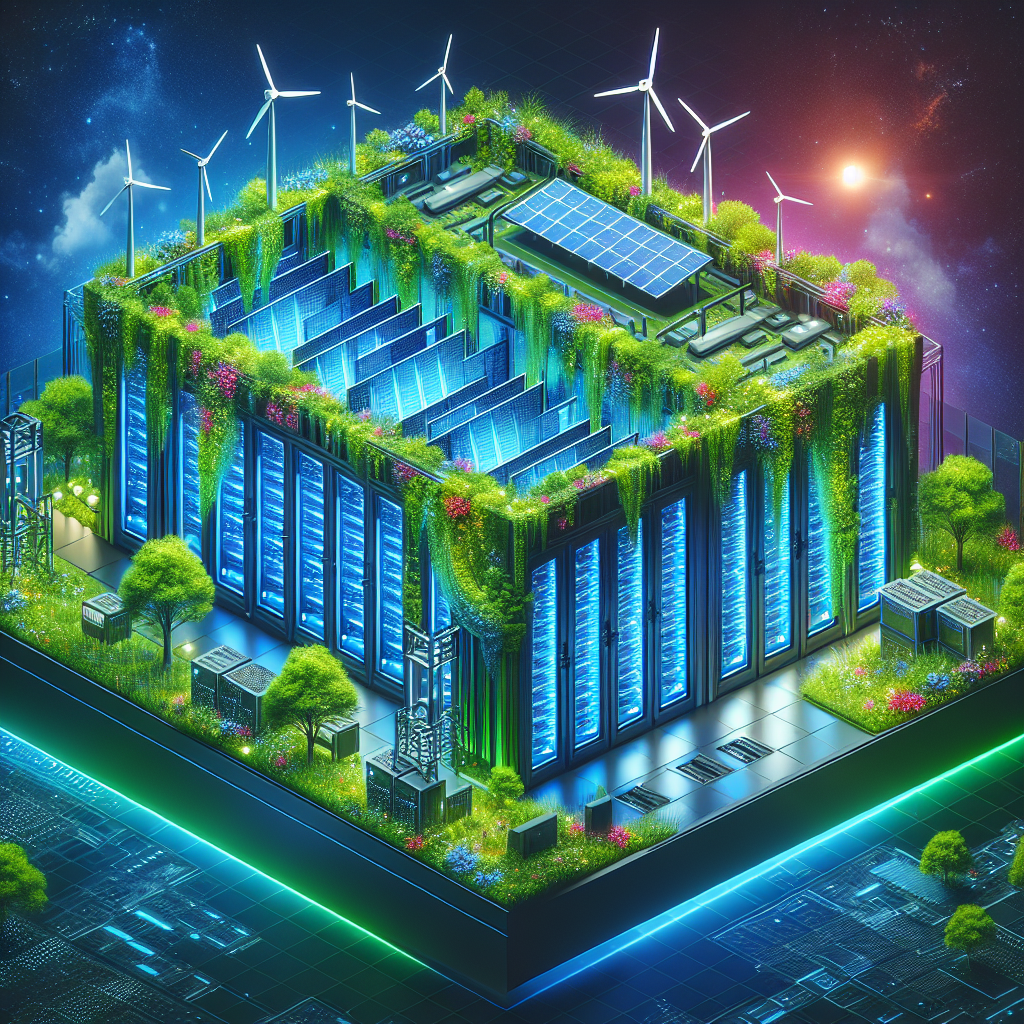Your cart is currently empty!
Building a Sustainable Data Center: The Role of Lifecycle Management

As the world becomes increasingly reliant on digital technology, the demand for data centers continues to rise. These facilities are essential for storing, processing, and managing the vast amounts of data generated by businesses, governments, and individuals. However, data centers are also significant consumers of energy and resources, making them a potential source of environmental impact. In order to address these concerns, it is essential for data center operators to adopt sustainable practices, including lifecycle management.
Lifecycle management refers to the process of managing a product or system throughout its entire lifecycle, from design and construction to operation and decommissioning. In the context of data centers, lifecycle management involves optimizing the efficiency and sustainability of the facility at every stage of its existence. This can include implementing energy-efficient technologies, reducing waste and emissions, and ensuring that the facility is designed to be easily upgraded or repurposed as needed.
One key aspect of sustainable data center lifecycle management is energy efficiency. Data centers are notorious for their high energy consumption, and reducing this consumption can have a significant impact on both operating costs and environmental impact. This can be achieved through a variety of strategies, including using energy-efficient servers and cooling systems, optimizing airflow and temperature control, and implementing power management systems to reduce energy waste.
Another important aspect of sustainable data center lifecycle management is waste reduction and recycling. Data centers generate a significant amount of electronic waste, including outdated servers, networking equipment, and other hardware. By implementing recycling programs and working with certified e-waste recyclers, data center operators can ensure that their waste is disposed of responsibly and that valuable materials are recovered and reused.
In addition to energy efficiency and waste reduction, sustainable data center lifecycle management also involves considering the long-term sustainability of the facility. This can include designing the facility to be easily upgraded or expanded as needed, as well as ensuring that materials used in construction are environmentally friendly and can be recycled or repurposed when the facility reaches the end of its lifespan.
Overall, building a sustainable data center requires a holistic approach to lifecycle management that takes into account the environmental impact of the facility at every stage of its existence. By implementing energy-efficient technologies, reducing waste and emissions, and designing for long-term sustainability, data center operators can minimize their environmental footprint and contribute to a more sustainable future.

Leave a Reply